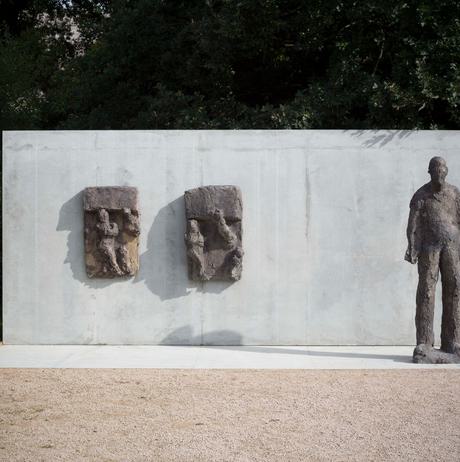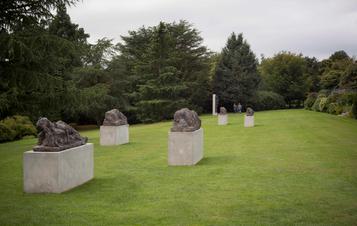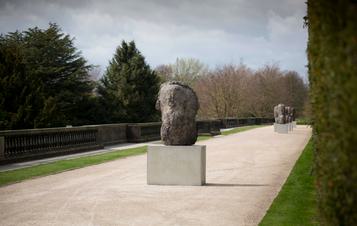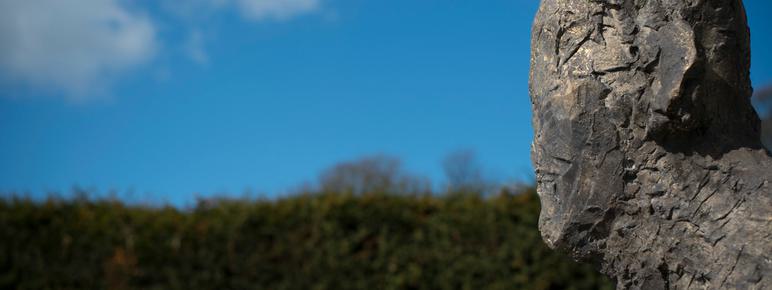
About Josephsohn
This exhibition was a poignant survey of sculpture with drawings by the late Zurich-based artist, Hans Josephsohn (1920–2012), whose career spanned more than 60 years before his death in August 2012.
Josephsohn sought to capture the intimacy, experience and presence of the human form and this exhibition traces the evolution of his bold, immediate and highly physical way of working, from slim abstracted forms, reminiscent of ancient stone steles, to large half-figures and reclining sculptures, cast in brass and left unpatinated. Sited on the 18th-century Formal Terrace and adjacent garden with small works and drawings in the historic Bothy house, this unique environment drew out the extraordinary sensuousness and vitality of Josephsohn’s work.
Josephsohn was born in 1920 in what was Königsberg, East Prussia. At 17 he studied art in Florence but was forced to flee because of his Jewish heritage. He settled in Zurich in 1938 where he established a studio in 1943. Here he made sculptures, drawings and reliefs until shortly before his death aged 92. Throughout his career Josephsohn drew on a 30,000-year-old tradition of figurative representation to establish his style and a powerful body of work through which he captures intimacy, experience and presence. The standing and reclining figures, half figures and reliefs demonstrate Josephsohn’s sense of the human form. Each is inspired by a particular person, a fleeting portrait of their individual features. Josephsohn conceived his sculpture for architectural environments; at YSP they respond to both the linear stone architecture and softer Arcadian landscape.
Josephsohn made his sculptures by adding and taking away wet and dry plaster until satisfied with the form. This physical and instinctive way of working is reflected in the metal casts with their dynamic surface qualities, where the imprint of the artist’s fingers can be seen; his hand, his touch, is part of the substance of the material. Also unusual is the surface of the brass which, being unpatinated, keeps the finish as formed during the casting process. These are earthy, sensual, intimate sculptures made with great integrity.
With thanks to Kesselhaus Josephsohn. This exhibition was made possible by the provision of insurance through the Government Indemnity Scheme. Yorkshire Sculpture Park thanks HM Government for providing Government Indemnity and the Department for Culture, Media and Sport and Arts Council England for arranging the indemnity.
You might also like
More- Profile

Keisha Thompson
Poet in Residence 2023 - News

Yorkshire Graduate Award 2024 winner announced
12 September 2024 - Art Outdoors
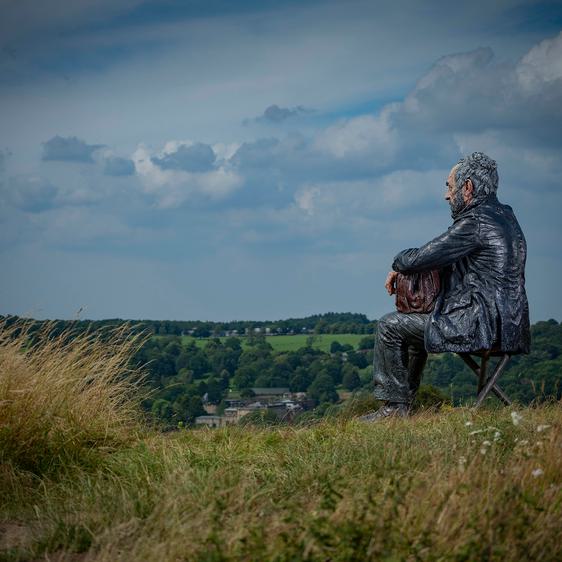
Sean Henry: Seated Figure
- Art Outdoors
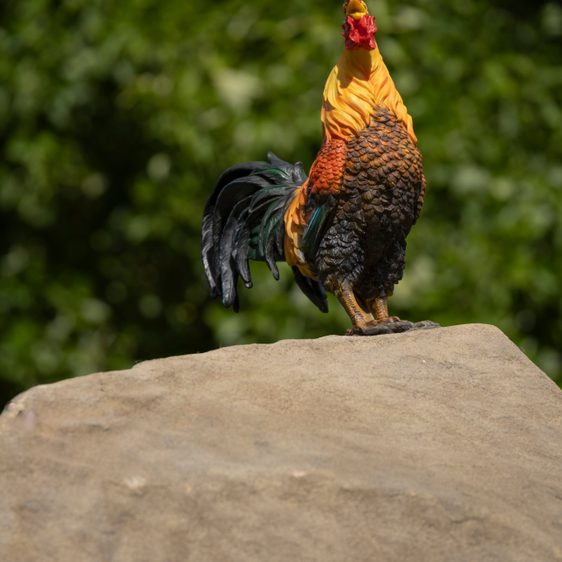
Simeon Barclay: Pittu Pithu Pitoo
Pittu Pithu Pitoo acknowledges the history of sculptors originating from Yorkshire and the dramatic rock formations found in the landscape that inspired artists including Henry Moore.
